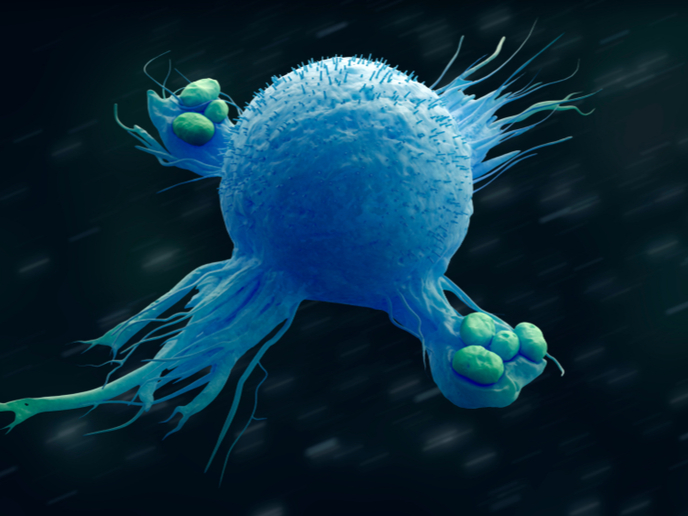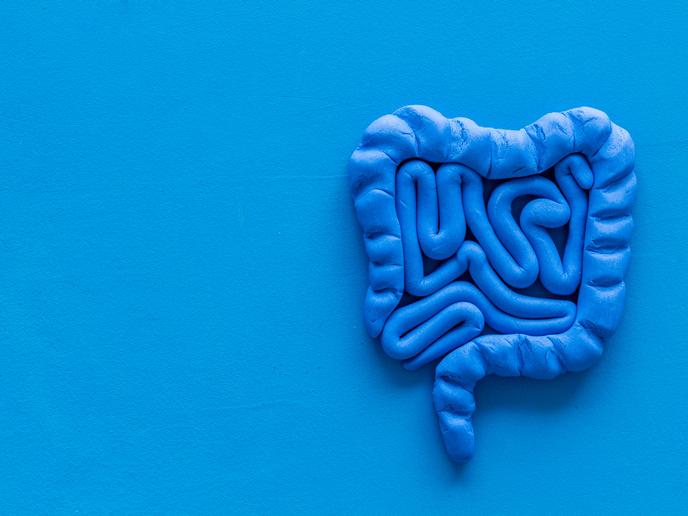Mini organs in a dish
Organoids are three-dimensional structures made of adult cells that mimic the tissue of origin in basic organisation and function. They emerge from tissue-specific stem cells, a small subpopulation of cells that resides within each organ and can regenerate it throughout life. Current in vitro drug screening systems employ tumour-derived cell lines, primary cells or animals but none of them are ideal. To address this issue, scientists of the EU-funded TOXANOID project proposed to develop organoids for small intestine and liver that could be used for drug screening purposes. This is the first ERC Proof of Concept grant for researcher Hans Clevers, stemming from his project STEMCELLMARK, which had identified a molecular marker for tissue stem cells in multiple organs. “Based on our previous findings we were able to grow and expand epithelial organoids from single stem cells expressing the Lgr5 marker,″ explains Dr Helmuth Gehart, key team member in the project. Harnessing the benefits of organoids Organoids have a number of advantages compared to existing in vitro systems. Similar to cell lines, they are highly expandable and thus represent an essentially unlimited resource. Importantly, unlike cell lines, they reflect the healthy tissue and contain the enzymes required to metabolise pharmacological compounds. In addition, they overcome the scarcity, batch to batch variability and in vitro culture challenges associated with primary cells. Furthermore, organoids help overcome the ethical issues raised with animal testing and their human origin avoids false positive or negative results due to species differences. Collectively, these attributes render organoids suitable for standardised assays such as those required to test the safety and efficacy of pharmaceutical compounds. “Organoids resemble primary cells in form and function and mimic therefore the organ of origin. Naturally, there is a wide spectrum of applications for these miniature organs, ranging from disease modelling, drug development and regenerative medicine to safety testing of new treatments,″ continues Dr Gehart. The team successfully developed organoid systems for a number of organs including small intestine, colon and liver. Despite differences in culture conditions, they all share high proliferation rates and the ability to form the various epithelial cells of the parent organ. During the study, scientists demonstrated the feasibility of using organoid-based assays to study drug toxicity in intestine and liver. Organoids outperformed cell lines, such as HepG2 cells, and behaved comparably to primary cells, demonstrating the capacity to metabolise drugs in a simple and cost-effective in vitro assay. Researchers had to overcome certain challenges associated with the three-dimensional nature of organoids. In this context, they generated a novel assay that was tested using known toxic and non-toxic compounds and delivered highly reproducible results. The future of organoids Overall, the TOXANOID study proved that their technology can outperform current in vitro systems and replace a significant portion of animal-based toxicology studies. In addition, organoids help understand how tissues take up and degrade pharmaceutically active compounds. “Fuelled by TOXANOID results we are currently working on another ERC project, ORGANOID, which plans to take our cultured mini-guts a step further,″ outlines Dr Gehart. This project aims to determine the effects of the microbiome and immune system on the gut by dissecting their interactions in healthy and diseased tissue. Finally, researchers plan to focus on drugs that have been misidentified by conventional toxicity tests in the past and to promote their technology for drug development. Towards this goal, they are working closely with industrial partners aiming to expand organoid applications for rare genetic diseases such as cystic fibrosis and personalized medicine.
Keywords
TOXANOID, organoids, stem cells, drug screening







